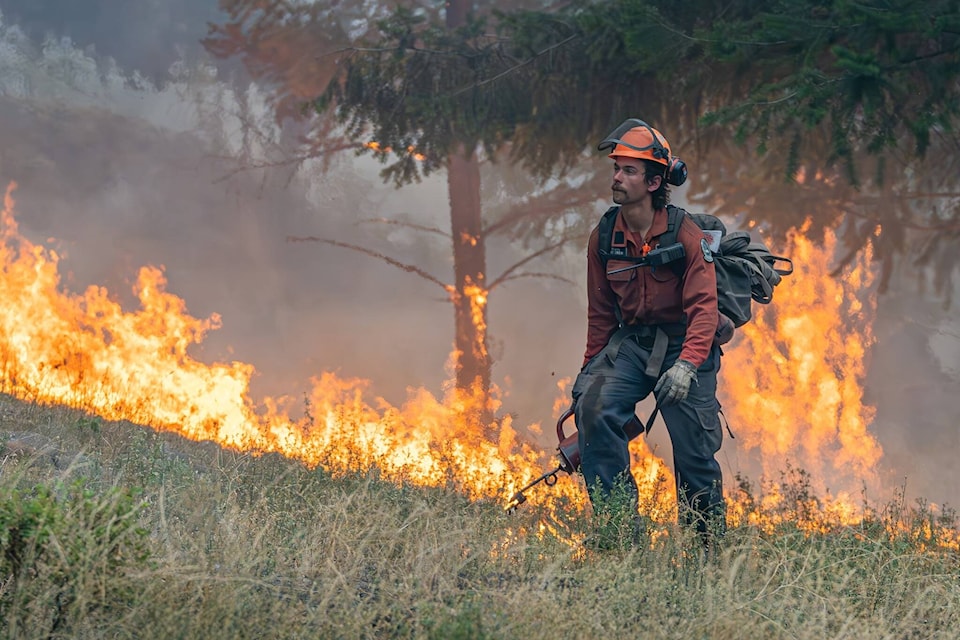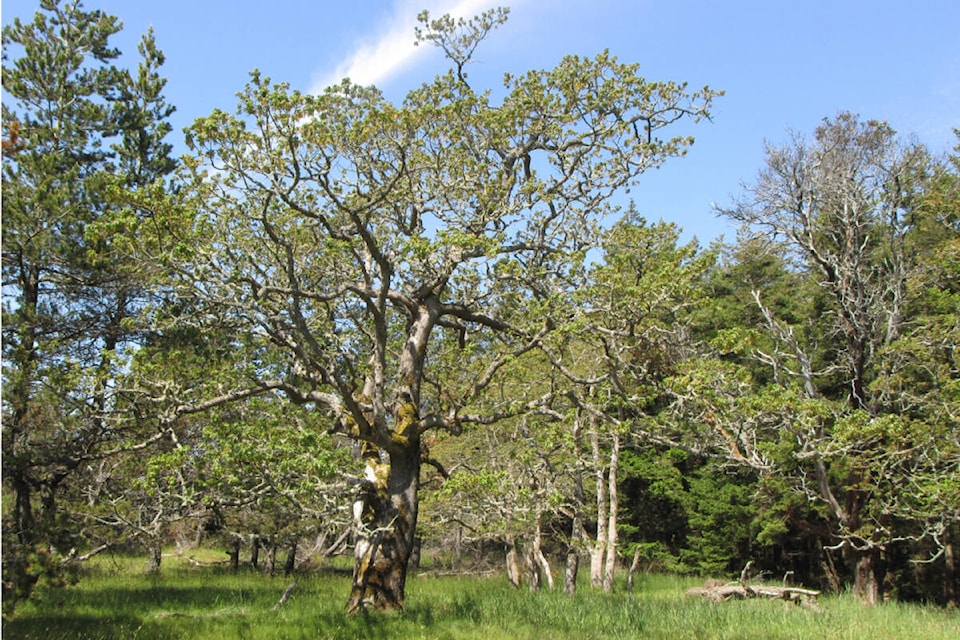Comox Valley Nature and the Canadian Society of Environmental Biologists are hosting two online lectures on forest management in BC.
The first webinar, Conserving and Restoring a Legacy: The Vanier Forest Garry Oak Restoration Project, is on Sunday Jan. 21, at 7 p.m.
For information and to register, go to comoxvalleynaturalist.bc.ca/
Garry oak ecosystems are the richest land-based ecosystems in coastal British Columbia. They include open forests dominated by oak groves of soaring sculptural Garry oak trees and the less common oak communities found in wetter areas like Vanier Forest. The understory is typically composed of shrubs and grassy meadows of wildflowers that carpet the ground in the spring.
The Vanier Forest Garry oaks are a unique part of several remaining groves that once covered 160 square kilometres and stretched from the Comox estuary to present-day Smith Road.
This presentation, by Jim Boulter, Karen Cummins and Eloise Holland, will review the work that CVN has carried out so far on our restoration project and outline the methodology proposed to provide a viable growing environment for this rare and at-risk habitat within the City of Courtenay Vanier Nature Park.
Boulter, Cummins and Holland are CVN members on the Vanier Garry Oaks Restoration Team. They have also been involved in several restoration projects including local wetland restoration and removal of invasive, non-native plants. These projects have benefited from volunteer help from CVN members. This is an excellent opportunity for the public to learn more about the importance of Garry Oaks in local ecosystems and the efforts required for the restoration of this rare habitat.
The second webinar is by Bob Gray. The webinar entitled To Reduce the Social and Economic Damage from High Severity Wildfires, We Must Transform our Landscapes is on Thursday, Jan. 25, at noon.
Information and to register, go to comoxvalleynaturalist.bc.ca/
By June 28, 2023 over eight million hectares of forest had burned in high-severity fires from Nova Scotia to British Columbia with another three months of fire season still ahead of us. These fires are resulting in significant social, ecological and economic impacts. Transformational change in landscape-scale forest and fire management is key to reducing area burned at high severity.
Bob Gray (R.W. Gray Consulting Ltd.) is a highly reputed AFE certified wildland fire ecologist whose clients include US Forest Service, Parks Canada, B.C. Ministry of Forests, Lands and Natural Resource Operations, B.C. Ministry of Environment, and many others.
This is an excellent opportunity for the public to learn more about forest management and reducing the social and economic damage from high-severity wildfires.
Meetings are open to the public, including children and youth. The lectures are free, though a $4 contribution from non-members is appreciated. New memberships are always welcomed.
Anyone interested in this lecture or participating in CVNS activities can also visit cvnature.ca/

